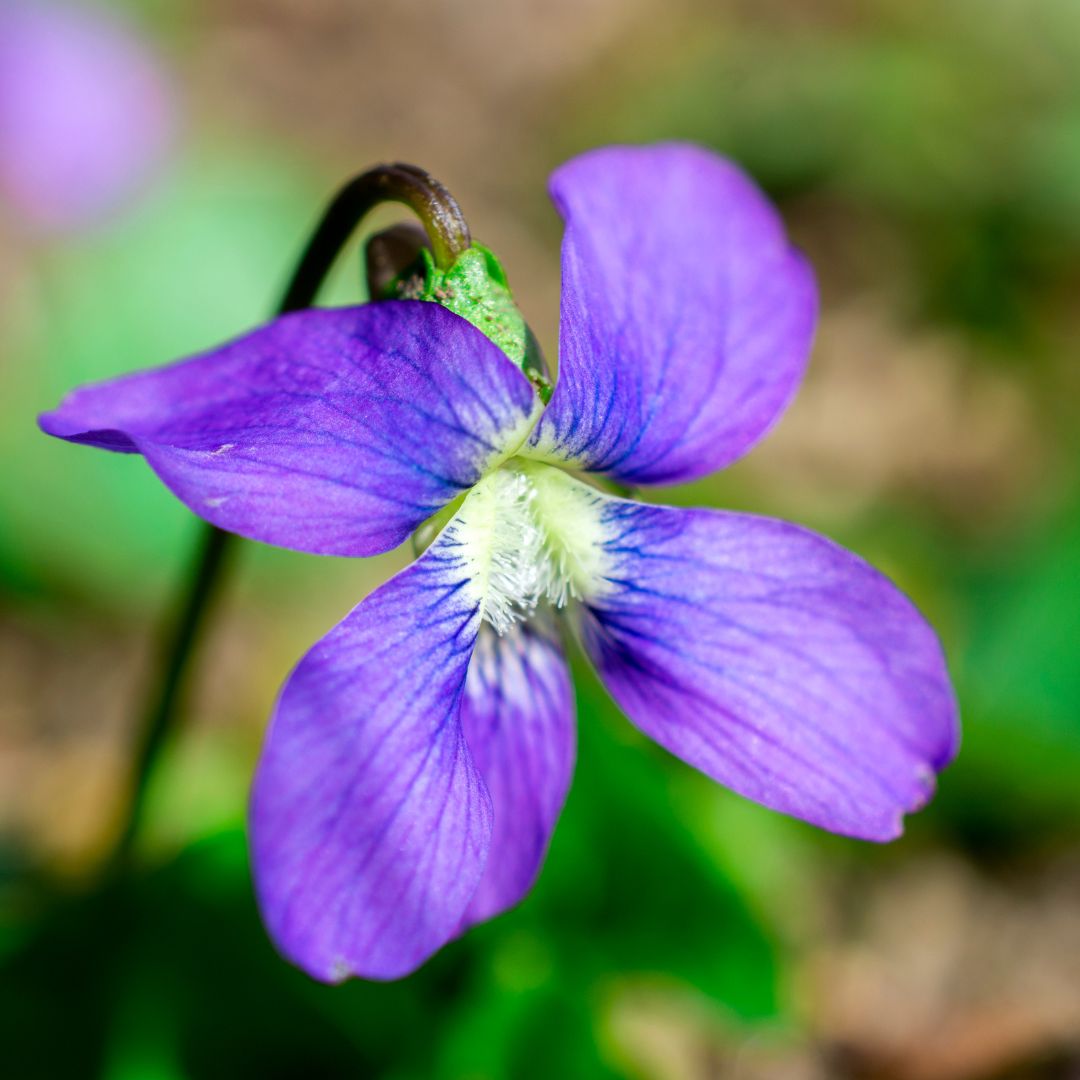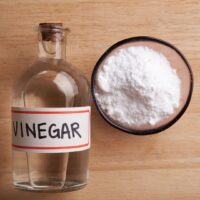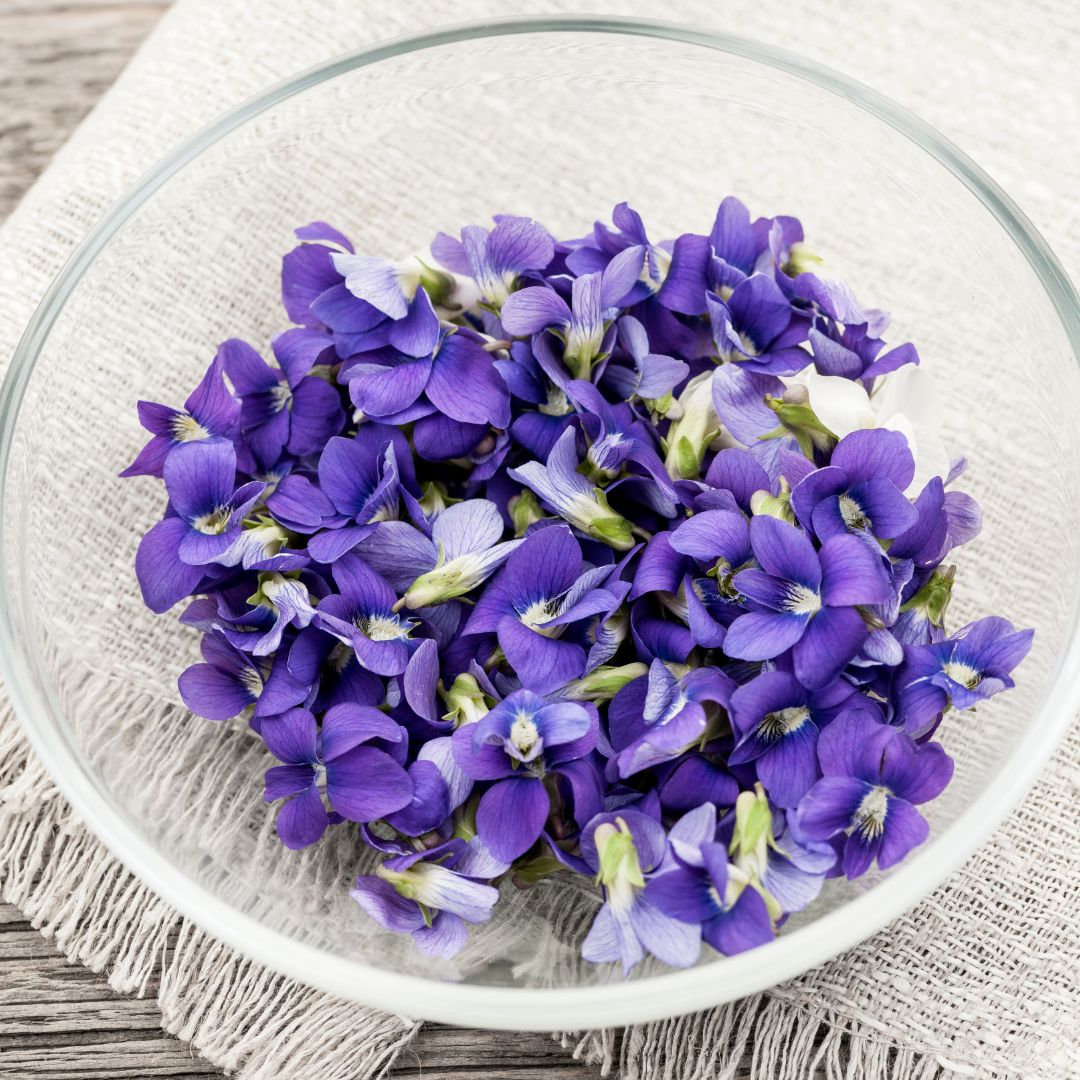Muddy Sneakers at Home: Violet Science
By Miranda Norlin, Muddy Sneakers Instructor
Fifth grade students across North Carolina learn a lot about matter – the ‘stuff’ that makes up our world. They also learn about different changes that can happen to that matter.
Physical changes happen any time the shape, texture, or state (solid, liquid, or gas) of something changes. In physical changes, no new material is created. If you have a match and you break it, that’s a physical change. It’s still a match.
Chemical changes, however, create NEW material. If you light the match from the example above, you don’t have the same material after it burns – you have new substances, like charcoal, smoke and other gasses. Some old materials have been used up in the creation of these new materials.
Some signs of a chemical change include a change in color (that isn’t caused by paint!), the release of a gas, a change in the weight of the object, or a smell.
In this experiment, you’ll explore both physical and chemical changes using common violets (Viola sororia).

Common violets are among the first flowers to bloom in spring in North Carolina. They have dark green, shiny, heart-shaped leaves – and flowers that can range from dark purple to white with purple streaks.
Let’s begin.
Violet Science Experiment Materials:
 Begin by gathering the following supplies.
Begin by gathering the following supplies.
- 3 – 6 dark purple common violet flowers
- Waterproof container (ideally one that will provide a white background)
- Spoon
- Water
- White vinegar
- Baking soda
Pro Tip: If you are doing this experiment when violets aren’t in bloom, you can also chop up red cabbage, soak it in water, then strain it!
Violet Science Experiment Method:
- First, separate the petals from the base, where the flower is surrounded by the green sepals, and place them in your waterproof container.
- Then, add a few drops of water and use your spoon to mash the petals, releasing some of the colorful compounds (anthocyanins)
- Move the petals to one side of your container to isolate them from the water with purple pigments dissolved in it, so you can see your results a little better.
- Next, add a drop or two of vinegar to the water.
- Add a little baking soda (either in the same spot or elsewhere).
- Finally, be sure to record your observations after each addition!
Anthocyanins, found in lots of different plants, typically have a purple color. You may have seen them in foods such as red cabbage, red onions, or blueberries.

Name that Change:
Are the results of the following steps indicative of a physical or chemical change? Why?
- Separating the petals from the base of the flower
- Mashing the petals with your spoon
- Mixing the anthocyanins with water
- Adding vinegar to the water
- Adding baking soda to the water
Additional Questions To Consider:
- What happens when you add vinegar somewhere you previously put baking soda?
- What happens when you put baking soda somewhere you previously put vinegar?
Watch the Experiment in Action: Violet Science Experiment
